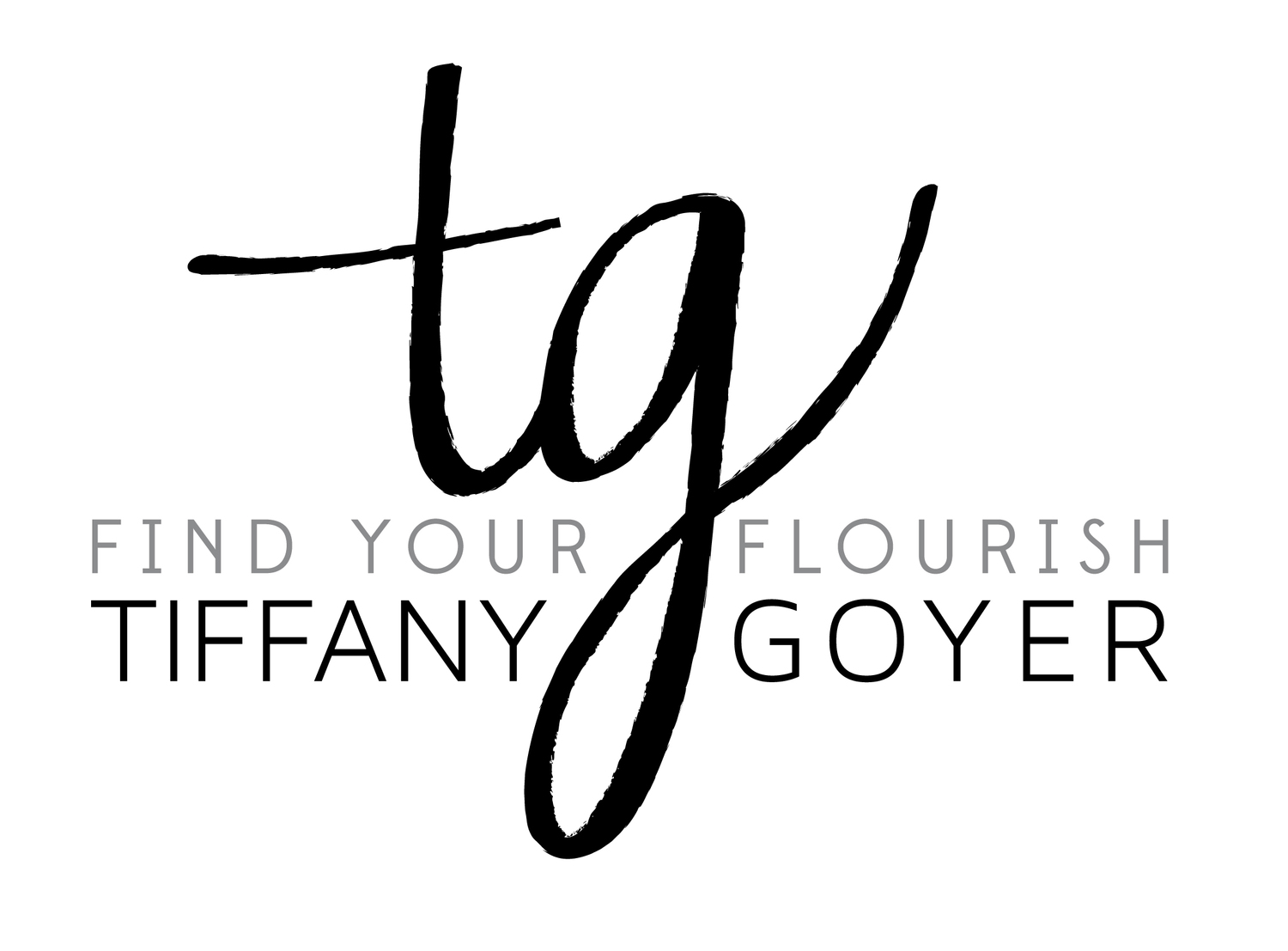What did your life look like before COVID-19? Some days I swear I can’t remember my old normal. Other days it feels like no time has passed, and I can’t help but think it’s just been a horrible dream.
Before we got hit with the Corona lockdown and went through our Pandemic Power series, we’d been talking about relationships. After having spent weeks alone or confined with family (bio or chosen), it’s probably a perfect time to pick up where we left off and further explore interpersonal relationships.
What issues came up over the past few months within your relationships?
I’d be willing to bet that just the situation of being quarantined with others for many hours a day caused friction or tension. Did you find yourself or your loved ones crawling all over one another’s boundaries or personal space?
Boundaries
Physical boundaries are easy. Locked doors, fences, property lines—they all make sense. But how about emotional boundaries? With people you’re particularly close to (either emotionally or in physical space), emotional boundaries are easily blurred if you don’t make them clear.
Things tend to get murky when we talk about a boundary vs. a threat. A boundary is something you’ve decided you will do if someone continues behavior that you’re not willing to allow in your life. A threat usually how you make others do what you want them to do.
But we’ve learned from many previous discussions that you can’t control another person. Ever.
Please stop trying.
Please. For your own sake, give it up.
A boundary is an appropriate thing you will do if there’s a boundary violation. If someone is coming into your emotional or physical space in a way that’s inappropriate, you need to set a boundary for yourself.
A boundary is what you will do if someone violates you:
If you continue to yell at me, I will leave.
If you smoke around me, we can’t hang out.
If you touch me inappropriately, I will leave and never come back.
Sometimes it’s important to inform others of your boundaries, and sometimes it isn’t. A boundary is ultimately FOR YOU.
Most often, we experience boundary violations because we haven’t taken care of ourselves by protecting our boundaries.
We blame other people, but we’re the ones who have created the situations.
For example, if my brother took $20 out of my wallet without asking, I would consider that a boundary violation. But if I don’t say anything, and he keeps doing it, I would be upset, resentful, and blame him.
But really, it’s on me! I didn’t create a boundary from the beginning. The first time it happened, I should have said, “Hey, please don’t go into my wallet without asking. If you do, I’m not going to hang out with you anymore.”
A boundary needs to be:
Set with love.
Absolutely followed through on, no matter what.
A threat would look like, “You can’t go into my wallet ever again. You’re a thief. I can’t believe you would do something like that. Give me that money back now, or I’m never talking to you again.”
The truth is your brother can do what he wants. Threats don’t work, and they don’t allow for that truth—that you can’t control others.
Boundaries, on the other hand, allow for the possibilities and keep you safe in the process. Set boundaries clearly, calmly, firmly, and with respect. Don’t justify, get angry, or apologize for the boundary. You’re not responsible for the other person’s reaction to the boundary you are setting, and that’s ok.








